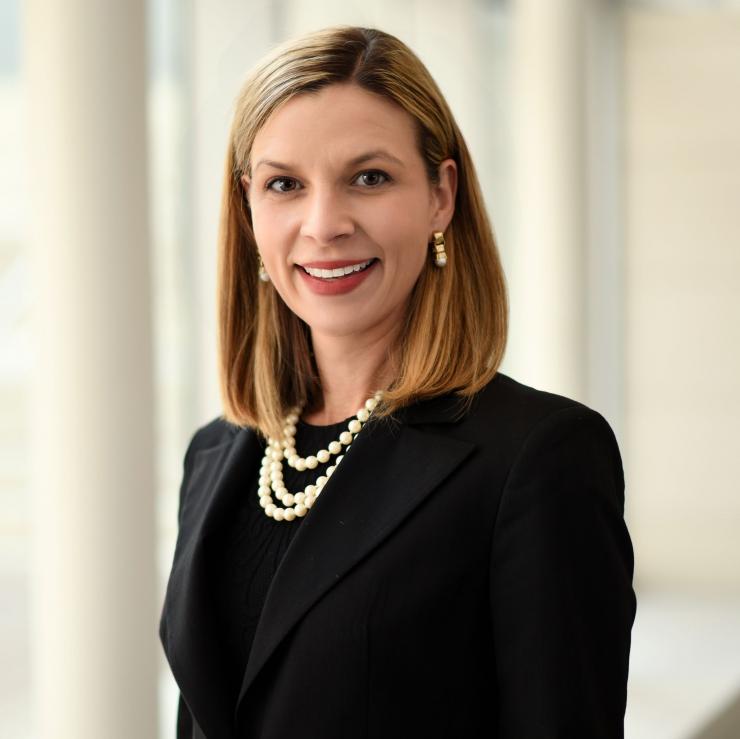Baylor ethicists discuss key issues facing citizen science

With the increasing popularity of citizen science, or research conducted or aided by the general population, intellectual property issues are of increasing concern. In a paper published in Science, ethicists at Baylor College of Medicine discuss the credit, control, quality and safety issues faced by citizen scientists.
“Citizen science has a long history in certain fields, but it’s expanding to new areas like health and medicine. To fully recognize its potential, we need to consider whether mechanisms that were designed to address concerns for traditional research projects are a good fit for citizen science,” said Christi Guerrini, assistant professor in the Center for Medical Ethics and Health Policy at Baylor. “The universe of citizen science is large and diverse, but three issues that are relevant to most citizen science projects involve intellectual property, research integrity and protections for participants.”
In a traditional research environment, contributors to the work are credited according to employment contracts, institutional guidelines and funding requirements that may adjust default copyright and patent laws. Citizen scientists, however, are volunteers and are not bound or aided by many of these stipulations.
“Volunteer agreements with citizen scientists can be tailored to different research circumstances to ensure intellectual property protections are appropriate and acceptable to those involved in the research,” Guerrini said. “In this paper, we argue that resources should be used to encourage transparency and good-faith negotiation of intellectual property terms during the planning stages of projects.”
Additionally, the traditional criteria for authorship on research papers may not apply well to citizen science contexts, and it may be necessary to revisit those guidelines to extend authorship and alter responsibilities where volunteer scientists are involved.
Another concern that has been the subject of much attention is the integrity of citizen science research processes and data. To address issues such as conflicts of interest and personal biases, citizen science projects may follow guides, tools and templates that have been developed to promote research integrity from initial planning to final evaluation.
“However, we need to study the extent to which these resources are being used in practice,” added Guerrini.
Importantly, citizen scientists do not benefit from the same labor laws or risk protections as those employed in traditional research settings. There are fewer ways to ensure the level of risk to participants is minimized and reasonable in relation to anticipated benefits.
“Of the three issues we examined, the question of participant protections is of the most immediate concern and will likely require the most extensive policy attention,” Guerrini said.
To implement truly effective and successful policies to guide citizen science, however, Guerrini and study co-authors argue that policies must respect the culture and spirit of the field, and its participants must play a major role in their development.
“Individuals are increasingly engaging as partners in the design and conduct of research. As the field of citizen science continues to grow, it is important to respect that partnership while developing policies that protect the integrity of the research as well as citizen scientists themselves,” said Dr. Amy McGuire, director of the Center for Medical Ethics and Health Policy at Baylor and co-author on the paper.
This work was supported by the National Human Genome Research Institute. Other contributors to this work include Mary Majumder and Meaganne Lewellyn with Baylor College of Medicine.










